041619_YKBP_A5.pdf





Broadcaster Press 5
April 16, 2019 www.broadcasteronline.com
Planting Considerations
For A Late Spring
By Ruth Beck and Dwayne Beck
SDSU Extension Agronomy
Field Specialists
Farm fields in some areas are
unusually wet this year with many low
areas under water. These conditions will
make planting a challenge for farmers this
year.
Crop Rotation
In anticipation of a late spring, many
farmers are already shifting some acres
from crops like wheat, oats and peas
that are typically planted in early April,
to other crops that favor later planting
dates, such as corn, soybeans and
sunflowers. Small grain producers may
also consider seeding a cover or forage
crops in lieu of the cool-season grain
crop. It is possible to grow two forage
crops in one season in most areas. This
can take advantage of the improved
moisture conditions this year. This
might be preferable to totally changing
crop types which also means changing
the rotation. Careful consideration is
necessary when crop rotation changes
are being made. Changing the rotation
can have consequences for several years
due to impacts this has on residue levels
and weed, disease, and insect spectrum.
Cool-Season Crops
The ideal planting window for spring
wheat, oats and peas is thought to be
the first three weeks of April or earlier if
planting conditions are favorable. Spring
wheat, oats and peas are all cool season
crops that will germinate at lower soil
temperatures (35-40 deg. F) and can
survive moderate frost at early stages of
growth. Planting these crops as early as
possible promotes plant development
before the warmer period of the summer.
Heat and water stress can negatively
impact yield of these crops, especially if
this occurs during pollination and grain
fill. Yield data from research on spring
wheat suggests that wheat loses 1.5%
of its yield potential every day after
the optimum planting date. However,
situations where there is ample moisture
at seeding might temper this negative
response, especially if cool weather
prevails during the early summer.
Selection of early season varieties can
also help producers still committed to
these early crops due to fall herbicide
applications or crop rotation restrictions.
Earlier varieties can improve the chance
of avoiding mid and late summer heat
during sensitive growth stages. If planting
spring wheat later than usual, a heavier
planting rate is generally recommended
to compensate for reduced tiller
development.
Corn
Soil temperatures need to be warmer
for corn planting. Fifty degrees Fahrenheit
is usually what is required for corn to
germinate. Typically corn planting begins
in late April and can run through May or
longer, if conditions are not conducive
for planting. Delayed planting reduces
the number of growing degree units
accumulated during the season. Corn
that does not receive the required heat to
mature properly will result in a product
with low test weight, poor quality and
increased drying costs. If planting is
delayed producers should consider
planting early maturing varieties to avoid
these issues. Producers can be proactive
by working with seed dealers to select
corn varieties with a range of maturities.
This will help reduce risk.
Soybeans
Soybeans require warmer soil
temperatures (54 deg F) for germination.
If drying conditions prevail this spring
and soybean planting is timely, selecting
Governor's Column: Advancing Habitat
By Gov. Kristi Noem
I’ve always loved
being outside. Whether
it was fishing with my
dad, bow hunting with my
daughters, or shooting
birds with Booker, being
under the South Dakota
sky clears my head. I know
many of you feel the same
way. It’s part of our South
Dakota way of life.
Whether or not you
take part in the sport,
pheasant season is a major
economic engine for South
Dakota and a significant
contributor to tourism,
our second largest
industry. Each year, 91,000
non-resident hunters flock
to our state for hunting
season and spend more
than $310 million in our
restaurants, gear shops,
hotels, gift shops, and
gas stations. That money
makes a real difference
for families and small
businesses.
If we’re committed
to this heritage and
want to preserve our
outdoor culture, we need
to proactively protect
habitat. In recent years,
pheasant numbers have
dropped and habitat
lands have diminished
largely because of fewer
CRP acres. Predators
are impacting our
bird populations as
well. Having recently
celebrated 100 years
of pheasant hunting in
South Dakota, we must
now be intentional about
sustaining our wildlands
and grasslands to ensure
the second century of
pheasant hunting is just as
successful as the first.
At the beginning of
this year, I launched
my Second Century
Initiative – a strategy to
increase resources for
habitat management.
As part of this plan, I
proposed a $1 million state
investment to expand
habitat and pheasant
hunting opportunities.
In March, the legislature
approved this bill, and
I was proud to sign it
into law. These dollars,
along with additional
funds from private
donations and federal
conservation programs,
will help establish some
real momentum in habitat
advancement.
And we’re already
moving forward, putting
practical ideas into action.
On April 1, we launched
the nest predator bounty
program that will focus
on increasing trapping.
Although this is a new
program, trapping
predators during nesting
season has been practiced
in South Dakota for
decades. I’m excited to
implement this plan to get
our kids outside – away
from the x-box and into the
live box. This program will
be extremely beneficial
in enhancing duck and
pheasant nest success.
What’s more, my newly
expanded Hunt for Habitat
program taps into how
we can help raise money
to fund habitat efforts
across South Dakota.
This program will include
an auction tag and raffle
licenses. Right now, we’re
looking at the possibility
of expanding the area
where the current bighorn
sheep auction license is
valid. This would be an
incredible revenue source
for habitat.
These are just the start
of our plans to expand
habitat, and we know
that the best ideas don’t
have to come from Pierre.
Since mid-February, we’ve
been crowdsourcing for
habitat solutions. This has
sparked a conversation
that has led to over 750
emails and an online
dialogue that has over 300
group members thinking,
talking, and exploring
habitat solutions.
As South Dakota’s
Sportsman in Chief, I’m
thrilled to see habitat
making headlines and
generating discussion
around the dinner table.
My Second Century
Initiative is about families,
introducing kids to the
adventure of the outdoors,
and preserving our culture
for the next generation.
Let’s advance habitat
and work together to
strengthen the next 100
years of our outdoor
traditions
If you don’t get the word out
about your business,
no one else will!!!
INVESTING
IN YOUR
Community
GIVING
BACK
Locally
a soybean variety with the appropriate
maturity rating for the growing area
provides the best chance to achieve
the highest yield. If planting dates for
soybeans are delayed past mid-June, the
maturity rating for soybean seed should
be reduced by 0.5 from normal. A further
reduction in maturity rating may be
required if planting date is delayed until
early July.
Planting Deadlines
Producers should check with their
crop insurance agent for planting date
deadlines.
References:
•Kleinjan, J., When is it Too Late to
Plant Wheat?
•Hall, Robert G., K. Reitsma, D. E.
Clay. 2009. Corn Planting Guide. In iGrow
Corn: Best Management Practices for
Corn Production in South Dakota. South
Dakota State University, SDSU Extension,
Brookings, SD.
•Mueller, N., C. G. Carlson, R. Hall.
2013. Selecting Soybean Varieties. In
iGrow Soybeans: Best Management
Practices for Soybean Production
in South Dakota. South Dakota State
University, SDSU Extension, Brookings,
SD.
CFR Provides Free 2-Part
Homebuyer Express Class
Center for Financial Resources’ (CFR’s)
Homebuyer Express Class is provides valuable
information to anyone in or considering the
purchase of a new home. Topics include: personal
money management; credit history review; mortgage
financing and the loan process; shopping for a home;
homeowner responsibilities; and predatory lending
awareness.
Homebuyer Express Part One will be Thursday,
April 18th, and Part Two will be Thursday, April 25th.
Both classes will be 5:30-8:30 PM at the Downtown
Library at 200 N Dakota Ave. in Sioux Falls. Those
interested can register through the calendar at www.
LssSD.org or by calling 888-258-2227. Pre-registration
is encouraged but not required for those attending
in-person to help ensure we have seating for those
attending in-person.
Homebuyer Express is free to attend and open to
the public.
Video conference is available for those unable to
attend in-person. To attend by video conference, you
must register at least 24 hours in advance.
The LSS Center for Financial Resources’
Homebuyer Express series is made possible
through a grant from the SDHDA Homeownership
Education Resource Organization (H.E.R.O.) H.E.R.O.
Certificates of Completion are issued to participants
after attending both parts 1 and 2. This certificate
is required for some loan products, down payment
assistance, and may qualify the buyer for closing
cost credits through their title company.
Lutheran Social Services is a private non-profit
social service agency. Last year, 48,690 lives were
touched through a variety of services offered
through LSS statewide.
Core services offered by LSS include adoption,
pregnancy counseling, foster care, kinship services,
childcare & education, disaster response, mental
health counseling, re-entry services, Center for
Financial Resources, residential services for children
& youth, alternatives to detention, independent
living services for young adults, mentoring, Better
Together and Center for New Americans. LSS serves
people of all ages, races, faiths and economic levels
with professional, confidential and affordable
services.
LSS services are licensed by the State of
South Dakota and accredited by the Council on
Accreditation. LSS is a United Way agency.
Community Meeting:
Agricultural Pesticide Reporting
and Risk Management
Vermillion Public Library, Kozak Room
Thursday, April 18th • 5:15pm - 6:45pm
Refreshments served
• Senate Bill 147 • Drift reporting procedures
• Human exposure reporting • Statewide Taskforce
• Local efforts to remediate chemical drift
• Q & A with experts
Topics:
®
101 W Main St | 605.624.4461
CorTrustBank.com
ID 405612
Sponsored by:
Angela Pulse and Glenn Pulse
46516 316th Street • Vermillion, SD 57069
Prairiesun Organics LLC
angela@prairiesunorganics.com
605-638-0748
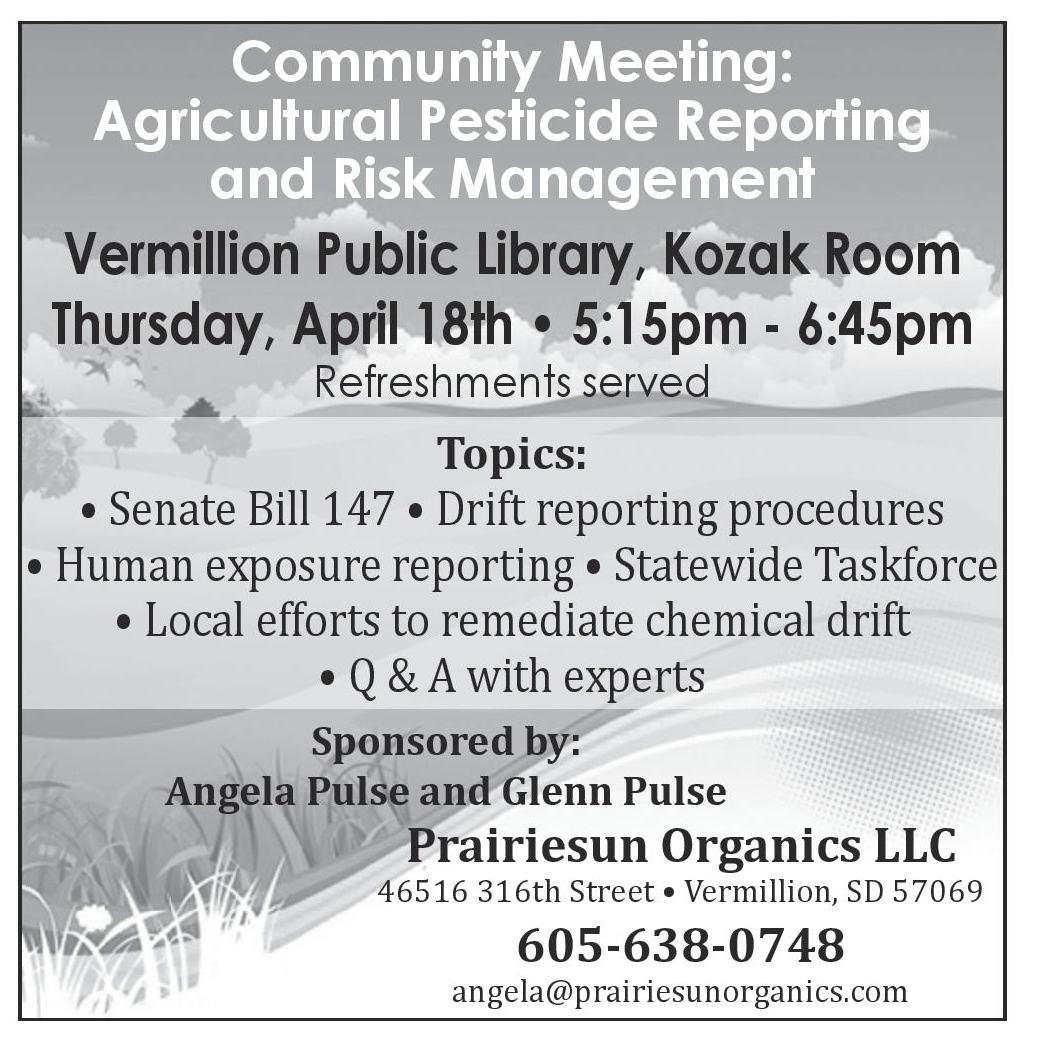

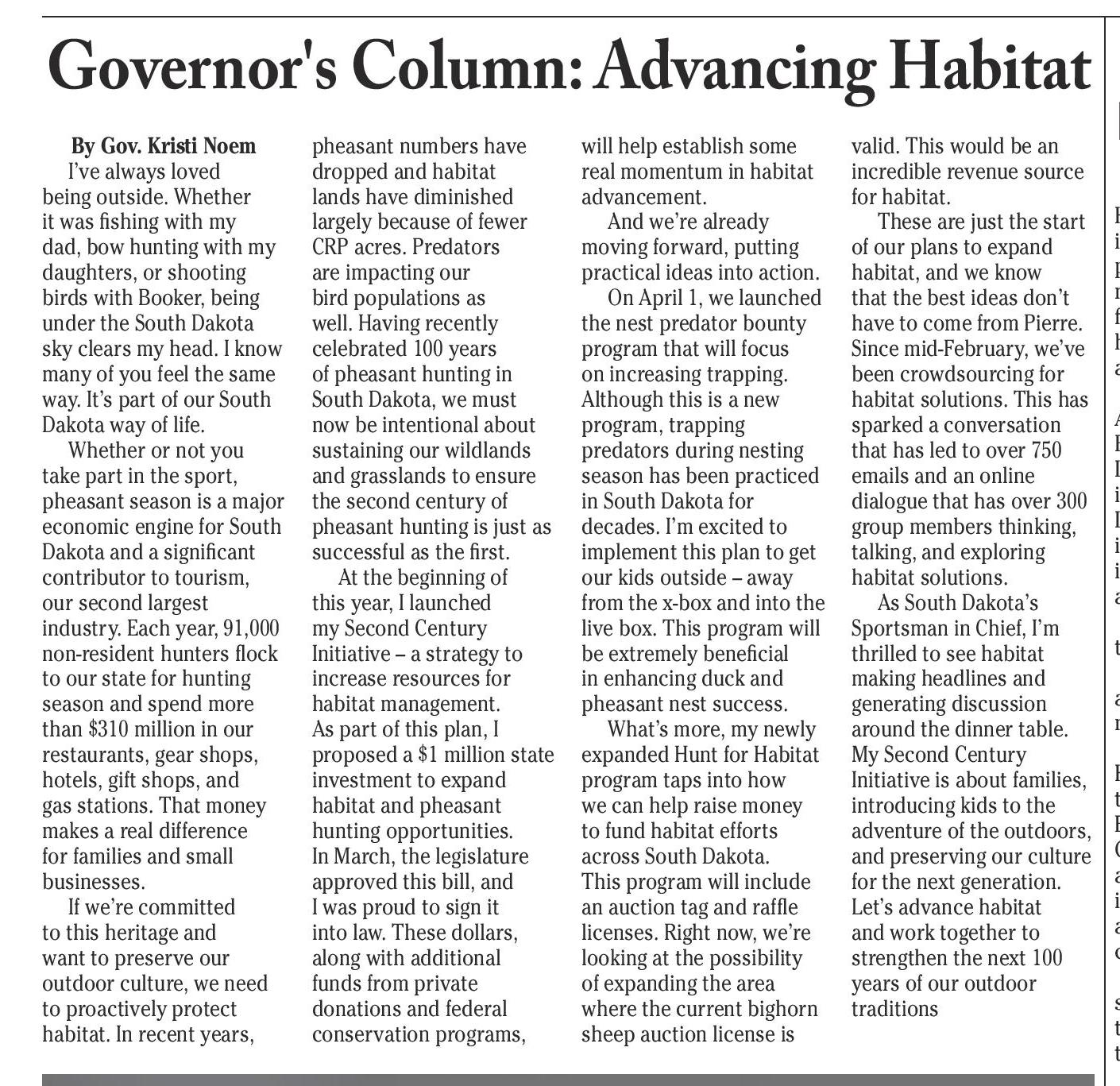

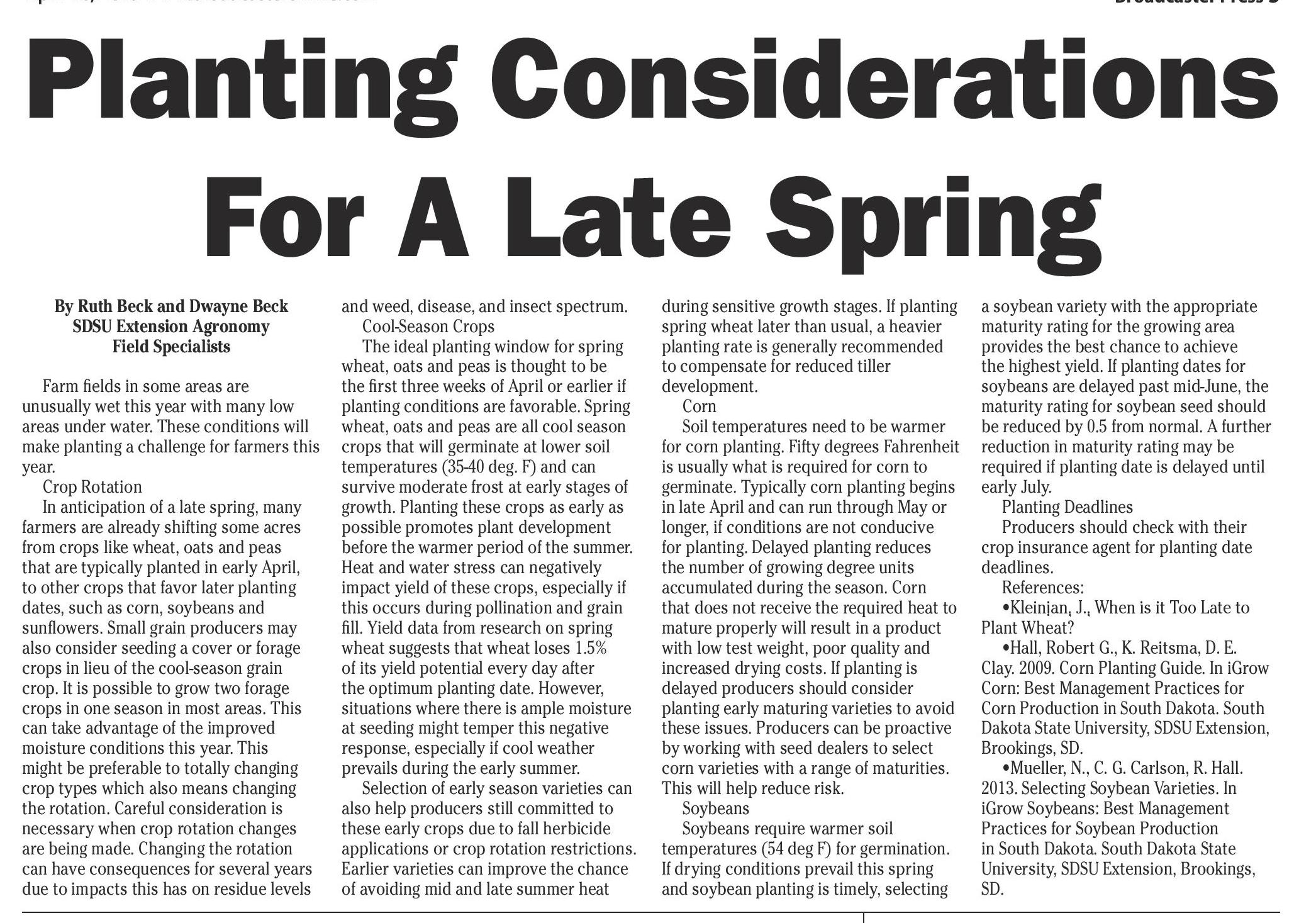




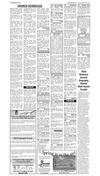
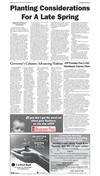

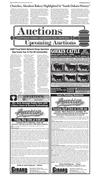

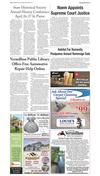

 Previous Page
Previous Page






